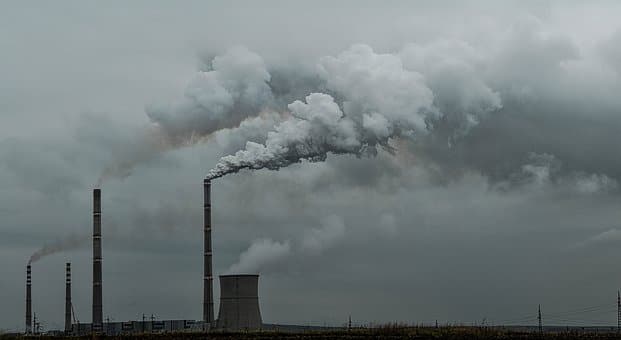Direct Emissions from Large U.S. Sources Drop Four Percent in 2023: EPA

The U.S. Environmental Protection Agency on Oct. 15 released 2023 greenhouse gas data under the agency’s Greenhouse Gas Reporting Program. The data shows that direct emissions from large stationary sources, accounting for about 50 percent of total U.S. emissions, fell by approximately 4 percent compared to 2022. Last year, over 8,100 industrial facilities reported their emissions to the agency.
Power plants were the largest stationary source of U.S. greenhouse gas emissions, with 1,320 facilities releasing around 1.5 billion metric tons of carbon dioxide. Reported power plant emissions declined by 7.2 percent during 2023 compared to 2022 and are 33.8 percent lower since 2011 due to a shift from coal to natural gas by plant operators.
The data also shows that petroleum and natural gas systems were the second largest stationary source of reported emissions, emitting 322 million metric tons of GHG. For these sources, emissions for 2023 were 1.4 percent higher than in 2022, and 16.4 percent higher than 2016. Moreover, the data reports that direct emissions from other large sources in the waste and industrial sectors were a total of 785 million metric tons of GHG during 2023, down 1.1 percent from 2022 and 10.3 percent since 2011.
During the 2011-2023 period, total reported GHG emissions from large facilities declined by around 22 percent, largely due to a decline in power plant emissions. As it stands, for the reporting year 2023 the data does not incorporate the impact of a number of rules the agency issued during 2024 to address methane emissions from the gas and oil sector and enhance data quality. These actions include new standards to curb methane and other air pollutants from oil and gas operations, a final rule under the Greenhouse Gas Reporting Program to enhance and broaden methane reporting requirements, and additional amendments aimed at improving data quality within the program.
The agency will hold an informational webinar on Oct. 23 to discuss its internet-based greenhouse gas data publication tools.
EnerKnol Pulses like this one are powered by the EnerKnol Platform—the first comprehensive database for real-time energy policy tracking. Sign up for a free trial below for access to key regulatory data and deep industry insights across the energy spectrum.
ACCESS FREE TRIAL


